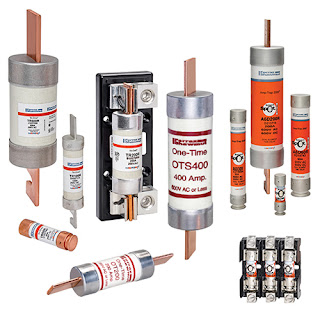Ultrasonic Device for Sonicating Larger Samples
The UP400S, a 400W, 24kHz ultrasonic device from Hielscher, is designed for the sonication of larger samples in the laboratory. Typical applications include homogenisation, de-agglomeration, lysis and cell disintegration, protein extraction and the emulsification of liquids. With sonotrodes in diameters ranging from 3mm to 40mm, the device is suitable for the sonication of sample volumes from 5ml to 4,000ml. In flow, approximately 10 to 50 litres per hour can be sonicated.
For the preparation of samples, the UP400S is mainly used for bigger volumes. The stand-mounted device combines a generator (power supply) and a transducer (converter) in a single housing; this is designed to save desktop space and weight. The only plug to be connected is the main power plug, which fits into standard 115V or 230V outlets. The operation of the ultrasonic homogenisers is said to be simple. The devices are tuned to the optimal resonant frequency automatically, so there is no need for manual adjustments. The ultrasonic amplitude is adjustable from 20 through 100 per cent.
Alternatively to the continuous operation, a cycle of intense sonication bursts can be adjusted, such as for the sonication of heat-sensitive tissue. It is suitable for the development of ultrasonic applications in the laboratory but also in the bench-top optimisation and production of small quantities. For production quantities, a PC control or a remote interface to a central control of the user's facility is recommended in order to raise the process safety and reproducibility. The PC control improves the reproducibilty when following specific sonication protocols.
With special flow cells and flange connections, liquids can also be sonicated at elevated temperatures and pressures. Hielscher ultrasonic laboratory devices can run 24 hours a day, seven days a week, if needed. By using the laboratory devices in combination with flow-cell reactors, users can process larger sample volumes. In this case, the liquid is pumped into the reactor, made of glass or stainless steel. With the UP400S ultrasonic device, approximately 10 to 50 litres per hour can be processed. There, it is exposed to defined intense sonication before it reaches the exit of the reactor cell.
In order to cool heat-sensitive material during sonication, the flow cells are jacketed to improve heat dissipation. High power generates the intensive cavitation required, but this results in unwanted noise. The company recommends using the sound protection box.
For the preparation of samples, the UP400S is mainly used for bigger volumes. The stand-mounted device combines a generator (power supply) and a transducer (converter) in a single housing; this is designed to save desktop space and weight. The only plug to be connected is the main power plug, which fits into standard 115V or 230V outlets. The operation of the ultrasonic homogenisers is said to be simple. The devices are tuned to the optimal resonant frequency automatically, so there is no need for manual adjustments. The ultrasonic amplitude is adjustable from 20 through 100 per cent.
Alternatively to the continuous operation, a cycle of intense sonication bursts can be adjusted, such as for the sonication of heat-sensitive tissue. It is suitable for the development of ultrasonic applications in the laboratory but also in the bench-top optimisation and production of small quantities. For production quantities, a PC control or a remote interface to a central control of the user's facility is recommended in order to raise the process safety and reproducibility. The PC control improves the reproducibilty when following specific sonication protocols.
With special flow cells and flange connections, liquids can also be sonicated at elevated temperatures and pressures. Hielscher ultrasonic laboratory devices can run 24 hours a day, seven days a week, if needed. By using the laboratory devices in combination with flow-cell reactors, users can process larger sample volumes. In this case, the liquid is pumped into the reactor, made of glass or stainless steel. With the UP400S ultrasonic device, approximately 10 to 50 litres per hour can be processed. There, it is exposed to defined intense sonication before it reaches the exit of the reactor cell.
In order to cool heat-sensitive material during sonication, the flow cells are jacketed to improve heat dissipation. High power generates the intensive cavitation required, but this results in unwanted noise. The company recommends using the sound protection box.



Comments